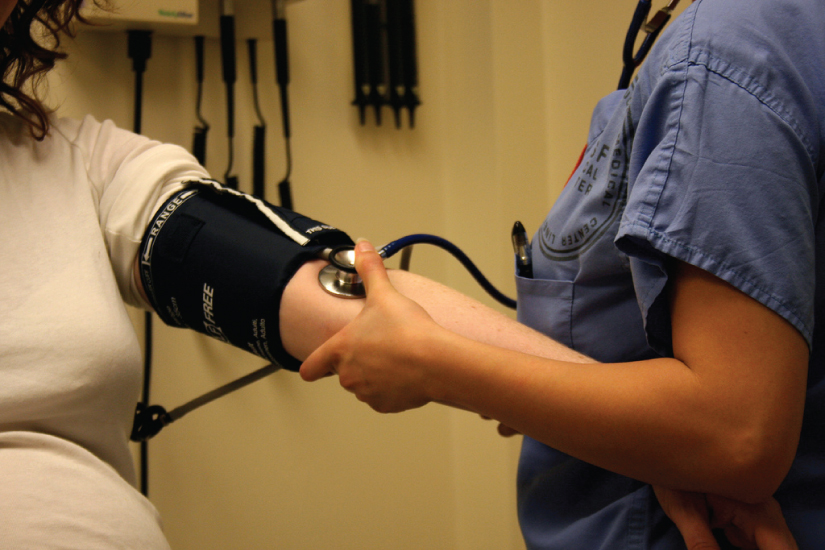
|

1.1 An introduction to the human body Read Online
1.2 The chemical level of organization Read Online

After studying this chapter, you will be able to:
Though you may approach a course in anatomy and physiology strictly as a requirement for your field of study, the knowledge you gain in this course will serve you well in many aspects of your life. An understanding of anatomy and physiology is not only fundamental to any career in the health professions, but it can also benefit your own health. Familiarity with the human body can help you make healthful choices and prompt you to take appropriate action when signs of illness arise. Your knowledge in this field will help you understand news about nutrition, medications, medical devices, and procedures and help you understand genetic or infectious diseases. At some point, everyone will have a problem with some aspect of his or her body and your knowledge can help you to be a better parent, spouse, partner, friend, colleague, or caregiver.
This chapter begins with an overview of anatomy and physiology and a preview of the body regions and functions. It then covers the characteristics of life and how the body works to maintain stable conditions. It introduces a set of standard terms for body structures and for planes and positions in the body that will serve as a foundation for more comprehensive information covered later in the text. It ends with examples of medical imaging used to see inside the living body.
Question: What plant contains a yellow fluid on cut surfaces that causes violent convulsions by blocking inhibitory pathways to brain?
Choices:
Water hemlock
Kochia weed
Locoweed
Monkshood
Larkspur
Question: What is the characteristic clinical sign of cyanide poison?
Choices:
abortion
circling
cherry red blood
methmeglobinemia
brown mucous membranes
Question: Nitrate poisoning can cause abortion in cattle. True/False
Choices:
True
False
Question: What is the treatment for Larkspur ?
Choices:
Methylene Blue
Acetyl cholinesterase Inhibitor (physostigmine/neostigmine)
Sodium Thiosulfate
All of the Above
Question: Nitrate causes sudden death in cattle. Nitrate levels are highest on early morning/cloudy days due to the low nitrogen reductase levels. Which one of these plants has highest level of nitrate?
Choices:
Legumes
Corn
Sorghums
Annual Weeds
Cereal grains
Question: Sorghums and Sudan grasses are associated with which plant poison?
Choices:
Nitrate
Nitrite
Cardiac glycoside
Diterpenoid alkaloids
Cyanide (prussic acid)
Question: What is the highest plant caused fatalities in the western US?
Choices:
Kochia weed
Sudan grass
Locoweed
Sorghum
Larkspur
Question: What is the difference between larkspur and monkshood ?
Choices:
larkspur contains hollow stems and monkshood does not
monkshood contains hollow stems and larkspur does not
larkspur contains woody stems and monkshood does not
Question: What is the best method of treatment for nitrate poisoning?
Choices:
Methylene blue given orally
Methylene blue given IM
Methylene blue given SQ
Methylene blue given IV
Methylene blue is not a treatment for nitrate poisoning.
Question: Low energy diet for ruminants may increase susceptibility to ______________ poisoning?
Choices:
Nitrite
Cardiac glycoside
Cyanide
diterpenoid alkaloid
Phylloerythrin
Question: Chronic sudan grass poisoning of horse, sheep and cattle causes __________________.
Choices:
demyelination
Methemeglobinemia
bad gas
CHF
cherry red blood